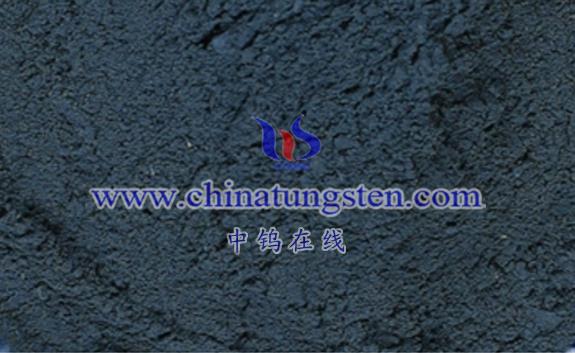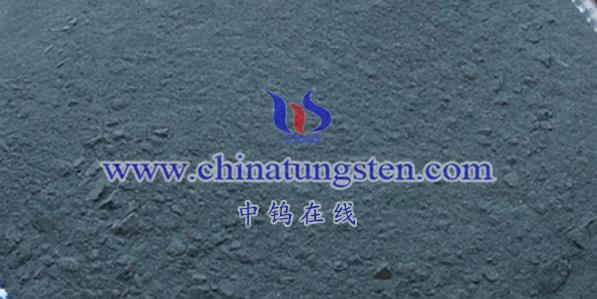
The preparation methods for vanadium-doped tungsten oxide nanowires mainly include the following approaches, each with its unique advantages and applicable scenarios:
- Solution-based Methods
Solution-based methods are commonly used to prepare nanomaterials at lower temperatures through chemical reactions. These include hydrothermal and sol-gel methods.- Hydrothermal Method
This method uses a high-temperature, high-pressure aqueous environment to promote chemical reactions, resulting in nanometer-sized vanadium-doped tungsten oxide nanowires. By adjusting parameters such as reaction temperature, time, and solution concentration, the morphology and doping level of the nanowires can be controlled. The hydrothermal method is advantageous due to its simplicity and ease of controlling reaction conditions. - Sol-Gel Method
The sol-gel method involves dissolving metal alkoxides or inorganic salts in a solvent, followed by hydrolysis, condensation, and other reactions to form a sol. This sol is then dried and sintered to obtain nanomaterials. In the preparation of vanadium-doped tungsten oxide nanowires, both vanadium and tungsten precursors are added to the sol, and vanadium doping is achieved by controlling the reaction conditions. The sol-gel method can produce nanowires with high purity and uniform doping.
- Hydrothermal Method
- Thermal Treatment Method
The thermal treatment method involves high-temperature heat treatment to allow vanadium ions to react with tungsten oxide, resulting in vanadium-doped tungsten oxide nanowires. This method generally requires high-temperature conditions but can yield nanowires with high crystallinity. Specific parameters such as temperature, time, and heating rate need to be adjusted according to the material and experimental conditions. - Magnetron Sputtering Combined with Hydrothermal Method
This method combines the high-precision deposition capability of magnetron sputtering with the chemical synthesis advantages of the hydrothermal method.- Magnetron Sputtering Deposition Phase
First, magnetron sputtering is used to deposit a layer of tungsten oxide nanoparticles on a substrate as a seed layer. By adjusting parameters such as sputtering power, target-to-substrate distance, substrate temperature, and gas flow rate, the sputtering rate and film quality can be controlled. - Hydrothermal Growth Phase
The substrate with the initial nanoparticle layer is then placed in a hydrothermal reaction vessel, where a growth solution containing vanadium and tungsten precursors is added. Under high-temperature and high-pressure conditions, hydrothermal reactions occur, causing vanadium ions to react with the tungsten oxide nanoparticles and grow vanadium-doped tungsten oxide nanowires. By controlling parameters such as reaction temperature, time, and solution concentration, the morphology and performance of the nanowires can be optimized.
- Magnetron Sputtering Deposition Phase
- Other Methods
In addition to the above methods, other techniques such as chemical vapor deposition (CVD) and template methods can also be used to prepare vanadium-doped tungsten oxide nanowires. Each method has its own advantages and disadvantages, and the selection of the appropriate method depends on the experimental conditions and specific requirements.
There are various methods for preparing vanadium-doped tungsten oxide nanowires, and the choice of method should be based on the specific needs and experimental conditions. Regardless of the method used, it is essential to strictly control the experimental conditions to obtain high-quality vanadium-doped tungsten oxide nanowires.
More details of tungsten oxide product, please visit website: tungsten-oxide.com
Please contact CHINATUNGSTEN for inquiry and order of tungsten oxide:
Email: sales@chinatungsten.com
Tel.: 86 592 5129595
















